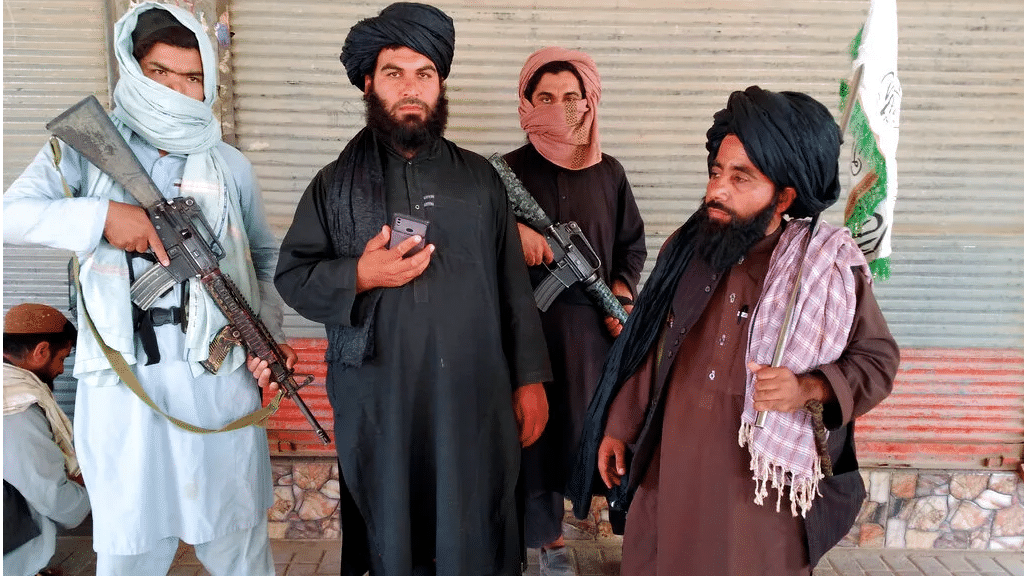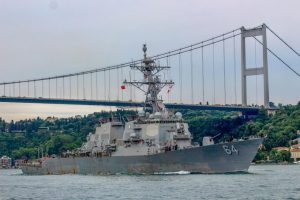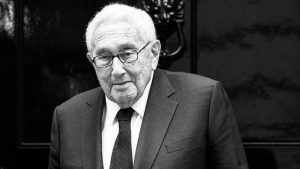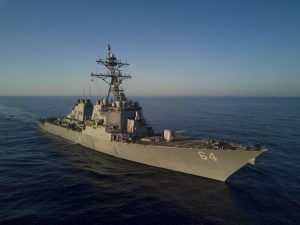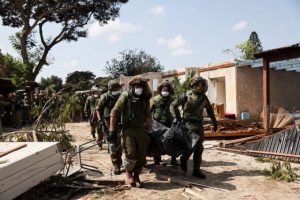Two decades after being forced
into hiding by the US invasion of Afghanistan, the Taliban on Sunday seized back
power after a swift offensive against Afghan security forces and takeover of the country’s major provinces in a span of few weeks.
The Taliban entered the country’s capital
Kabul on Sunday, prompting President Ashraf Ghani’s resignation following talks
with government officials at the Presidential Palace.
ALSO READ: Afghanistan coup: 10 points to know
The
origin of Taliban dates back to early 1980s. Taliban’s founder Mulla
Mohammed Omar was among the
thousands of Afghans who were trained by Pakistan for a guerrilla campaign
against the Soviet invasion of Afghanistan in support of a communist coup.
Soon, eager to get back at the Soviets for their role in the Vietnam war, the
US was backing the ‘mujahideen’ or ‘holy warriors’. US President Ronald Reagan
even hosted the mujahideen’ at the White House in the mid-1980s amid America’s increasingly
overt political and military support to the cause which eventually led to the
Soviet retreat from Afghanistan in 1989.
ALSO READ: Afghanistan: How Taliban defeated the US-backed Afghan army
Backed
by Pakistan, the Taliban emerged from the chaos of lawlessness and corruption which engulfed the country amid the infighting between mujahideen
warlords. The Taliban captured Kabul in 1996. However, their reign was short-lived, as
the US invaded Afghanistan over the Taliban’s refusal to hand over Osama bin Laden
on charges of al-Qaeda carrying out the 9/11 attacks. The Taliban drew
criticism for their strict interpretation of Islamic laws which included public executions and amputations as punishment for thefts and other
crimes and banning of cinemas and other forms of entertainment.
ALSO READ: Watch | Taliban fighters party after breaking into Afghan general’s home
The group reorganized itself under the leadership of Omar
and launched an insurgency against the US-led International Security Assistance
Force (ISAF) and the Afghan government in 2003. The Taliban made a steady resurgence
over the next decade and a half, carrying out ambushes, IED explosions and suicide
bombings against ISAF and Afghan forces . A 2008 Pentagon report warned that the
Taliban had “coalesced into a resilient insurgency” and attacks in
eastern Afghanistan had increased by 40% compared to the previous year.

